Table of Contents Show
Whether you’re new to RVing or have been RVing for years, we all make mistakes. What’s important is that you learn from them. We’ve made a few mistakes in our RVing adventures, and we want you to learn from them so that you can avoid them. Let’s get started!
10 RV Mistakes We Made
Here are 10 RV mistakes that we’ve made and you can avoid. Let’s take a look!
#1 Forgetting to Chock Your Tires
This is one of the first mistakes we made during our adventures, and it nearly cost us. No matter how flat your campsite looks, you should always chock your tires. Not chocking your tires can result in your massive RV rolling away from you. This can be extremely dangerous for those parked around you and for your RV.
This massive mistake could have derailed our travel plans from the start. We now chock our tires before unhitching and think you should, too. Investing in a quality set of solid rubber tire chocks is relatively inexpensive and can save you from making a massive RV mistake.
Keep in Mind: Wheel chocks can usually be purchased, along with an array of other RV supplies, at your local Walmart.
#2 Not Using a Departure and Arrival Checklist
Departure and arrival can entail a flurry of excitement. Missing a step or doing a step out of order can result in damaging your RV or a person. Having a departure and arrival checklist is essential to avoid any critical mistakes.
You can find departure and arrival checklists from other RVers online. However, it’s important to customize your checklists to your unique situation. You’re likely to have other equipment and items that you’ll need to set up and takedown that might not be included in a generic checklist.
Pro Tip: Don’t put it off any longer, get your RV departure checklist here!

#3 Not Planning Your Route
While a cross-country road trip in a car or passenger vehicle doesn’t require much route planning, RVing does. You’ll need to plan fuel stops and bathroom breaks because you can’t just get off at any exit or pull into any fast food restaurant for a quick bite to eat.
Not planning your route could get you into a hairy situation where you end up stuck in a tight parking lot or struggling to get back on the highway. Do yourself a favor: plan all of your stops, and scout out ideal places to stop for fuel, meals, and restroom breaks.
#4 Not Using an RV GPS
You can’t trust just any old GPS while you’re RVing. A standard GPS for passenger vehicles will typically take you on the fastest route. It won’t factor in low clearances, weight limits, or other restrictions for trailers and large vehicles. You may have to find a different route if you encounter one of these issues.
An RV GPS plans your route based on your dimensions and avoids any potential issues. You should still be alert while driving and keep an eye on signs indicating restrictions and low clearances.
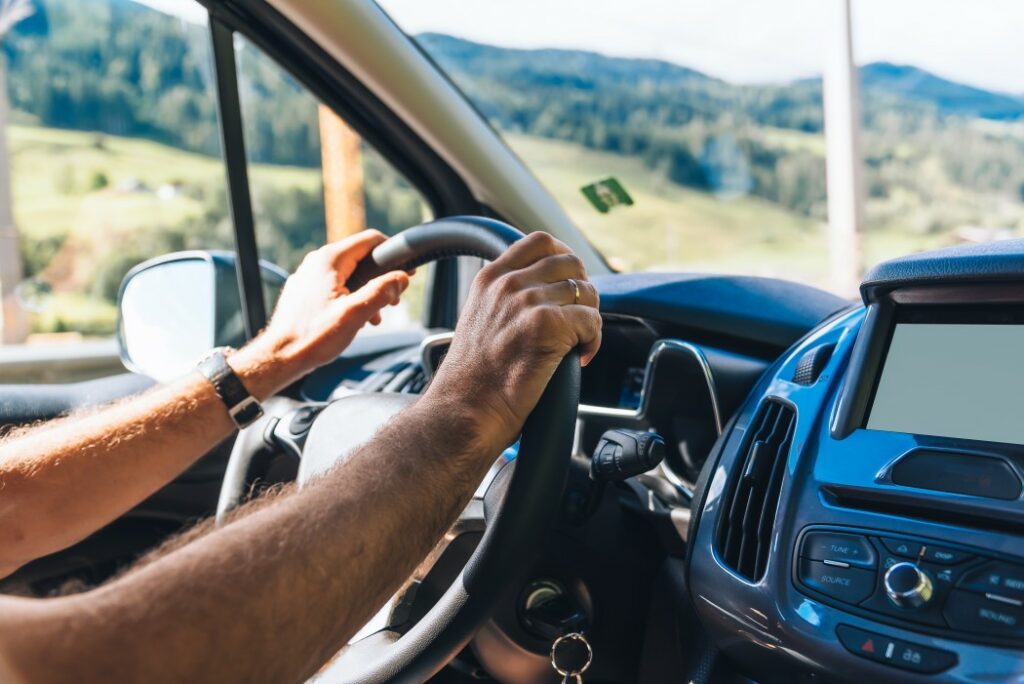
#5 Not Knowing the Height of Your RV
Another RV mistake that many make is not knowing the height of their RVs. It’s not good enough to trust the height from the manufacturer either. There’s a good chance that your RV will sit a couple of inches or more higher than what the manufacturer lists. This also may not include the height of any added accessories like air conditioning units or solar panels.
You need to hitch your trailer up and measure the highest point of your RV to the ground. It’s wise to write the height down on a sticky note that’s easily accessible so you never forget. Some RVers also convert the measurement into metric units to avoid issues if you plan to RV in foreign countries.
#6 Not Packing Lunch on Driving Days
An easy RV mistake to make is not packing lunch on travel days. By not packing a lunch, you may have trouble finding something to eat. If you do, you may have to settle for fast food or some other unhealthy food. This can get expensive and also result in a few extra pounds if you have frequent travel days. Packing a lunch may require some planning, but it can help ensure you have a healthy meal.
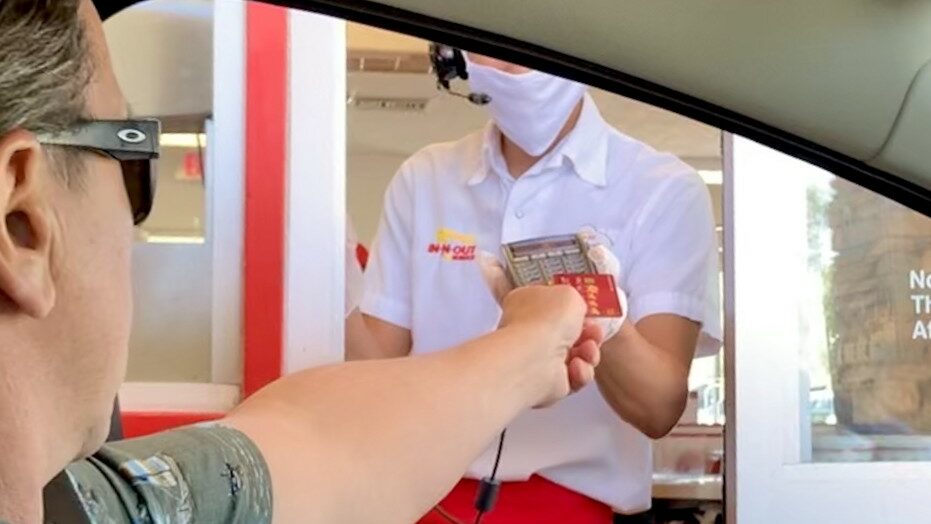
#7 Not Owning a 50-Amp Extension Cord
Another RVing mistake that we’ve made is not having a 50-amp extension cord. While a majority of campsites include power pedestals, there’s no guarantee of what you’ll find when you pull into your campsite. You may discover that you need an extension cord to connect your RV to the power pedestal. If you don’t have a 50-amp extension cord, you may need to find one.
This can get frustrating because it’s not as easy to find a 50-amp extension cord in big-box retailers as it is to find a 30-amp extension cord. You might need a few adapters to convert your 50-amp power cable to a 30-amp extension cord, but you’ll also be limited to 30 amps instead of 50.
This can be extremely frustrating, especially when RVing in warmer or colder weather. You’ll need to make sure you’re managing your power to avoid tripping a breaker.
Pro Tip: Invest in the best and make sure you get the RV electrical extension cord suited for your needs.
#8 Leaving Both Propane Tanks Open
One mistake that many RVers make is to leave both of their propane tanks open. You aren’t likely to notice that a propane tank is empty or that your entire propane supply is running low. Running out of propane can leave you freezing or unable to keep your refrigerator cold while boondocking.
By only opening one propane tank at a time, you’ll know when a tank is empty, and, therefore, you need to open the other tank. You can then fill the other tank and avoid running out of propane all together.
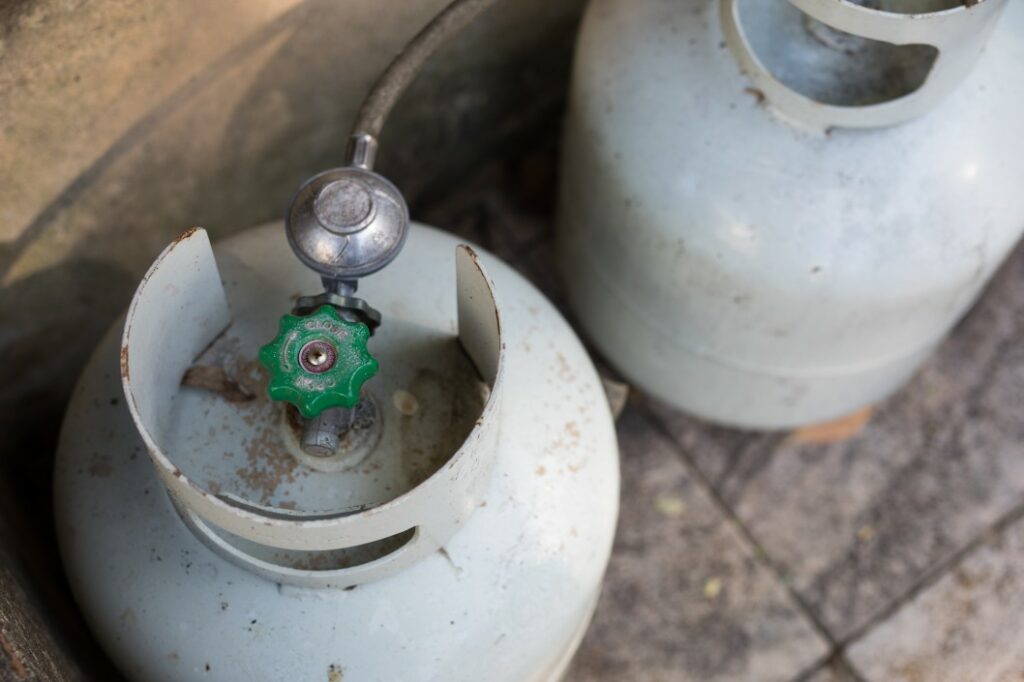
#9 Not Using a Water Pressure Regulator
A water pressure regulator is a relatively inexpensive piece of equipment, but not using one is an RV mistake you don’t want to make. You never know what the water pressure will be at a campsite. Exposing your water system to excessive water pressure can damage your water lines and fittings. Using a water pressure regulator can ensure your water lines are safe from excessive water pressure.
#10 Not Carrying Spare Parts and Proper Tools
While RVing, you’ll quickly realize that it’s worth having a supply of spare parts and a few essential tools on hand. Having a tool bag for minor repairs can save you from multiple trips to the hardware store.
It’s not a question of if something will break, but when something will break. Having some tools on hand can ensure you’re ready to address any issues that may come your way.
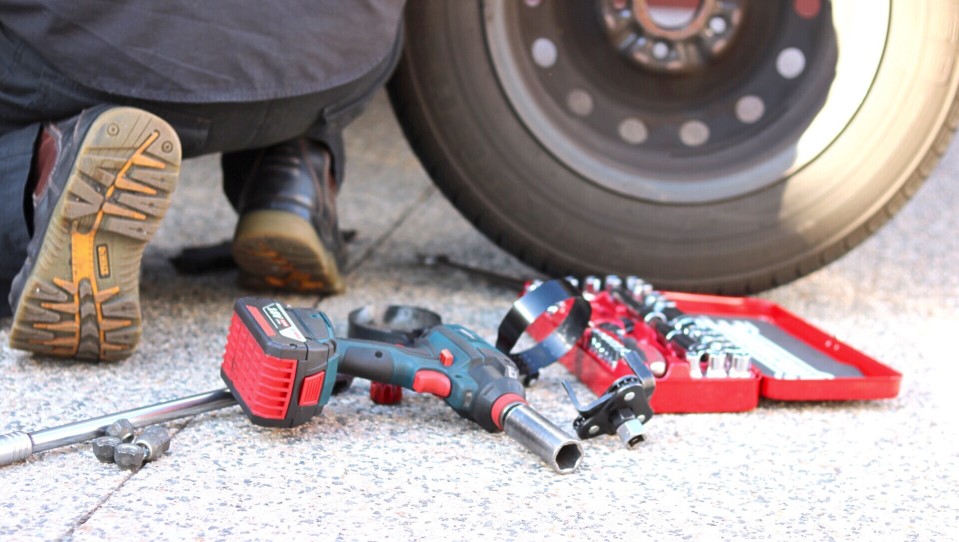
Learn from Our RV Mistakes
If you ever thought we were perfect RVers, we hope this list helps you see that RV mistakes happen to all of us. The important thing is to learn from your mistakes and the mistakes of others. By learning from the mistakes of other RVers, you can head out better prepared. What’s the biggest RV mistake you’ve made?




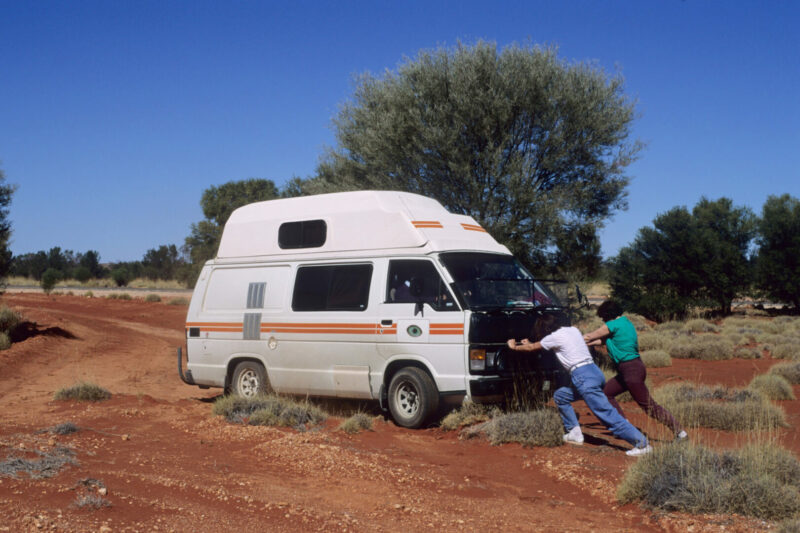
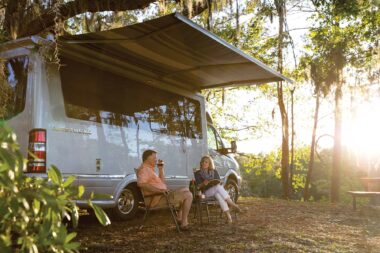
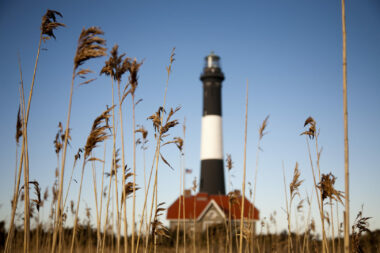
Jason,
What spare parts do you recommend having on hand?
Len